The Dirt on Carbon Sinks
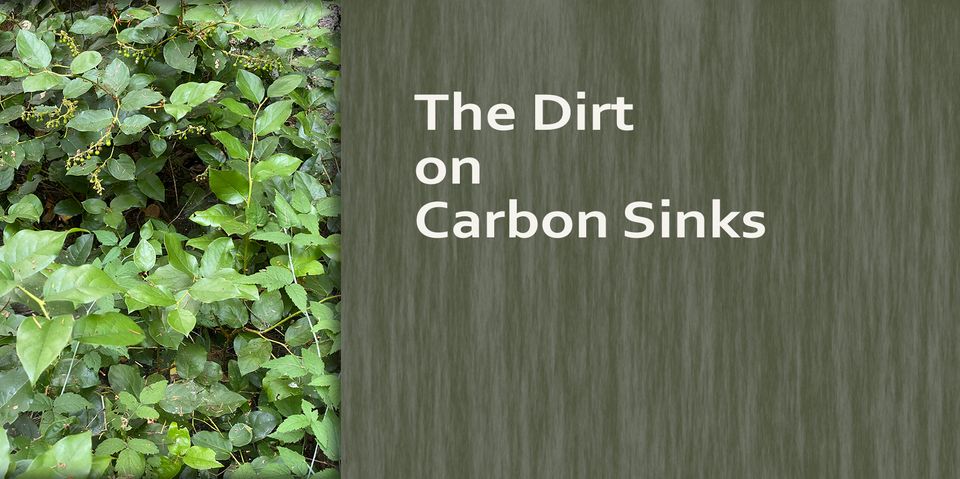
One of the easiest ways gardeners can help mitigate climate change is to turn backyard soil into a carbon sink. Carbon-rich soil is filled with life, and it sequesters that carbon until it is disturbed. Monica Evans in her post called “How to turn your backyard into a carbon sink” says:
There is four times as much carbon stored below ground as in all of the world’s vegetation. That’s because healthy soil is full of fungi and microorganisms that feed on carbon from dead plants and animals and from the roots of living plants.
Turning bare dirt into healthy soil is something everyone with a small plot of land can do, and this is the focus of a recent climate fiction by D. A. Baden called Habitat Man.
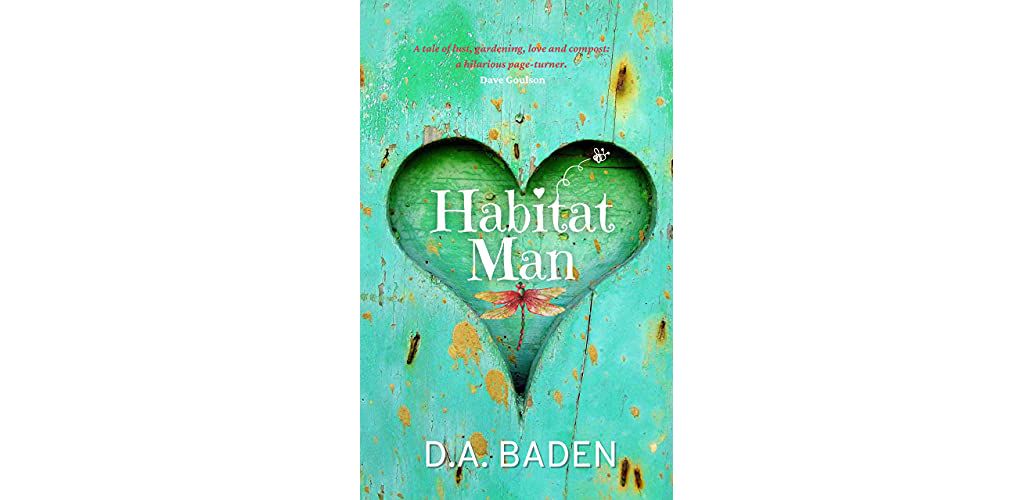
The book is a breezy romantic comedy full of fun facts about creating lush, bio-diverse gardens. The main character, Tim, breaks free of his boring accounting job to become a freelance gardening consultant for the benefit of a local charity. As he advises clients on ways to bring life back into their gardens—from frogs to bats to butterflies—he gets enmeshed in keeping a family’s dark secret after digging up a human skeleton. He of course, has his own dark secrets to keep from the world as well as from the new love of his life, Lori.
There is plenty of complexity here to keep the pages turning, but what I loved about this book is the knowledge woven into the plot as he tackles one gardening challenge after another. Each new client presents different obstacles to creating good wildlife habitat in their yards (and let me remind you wildlife includes not just bunnies and squirrels, but the microbes, worms, beetles, and caterpillars, etc., that help feed the rest of the food chain and in the end, us). This carbon-rich soil will also reduce the use of chemicals and lead us into more creative landscaping adventures than mowing those turf lawns that are really soil deserts.
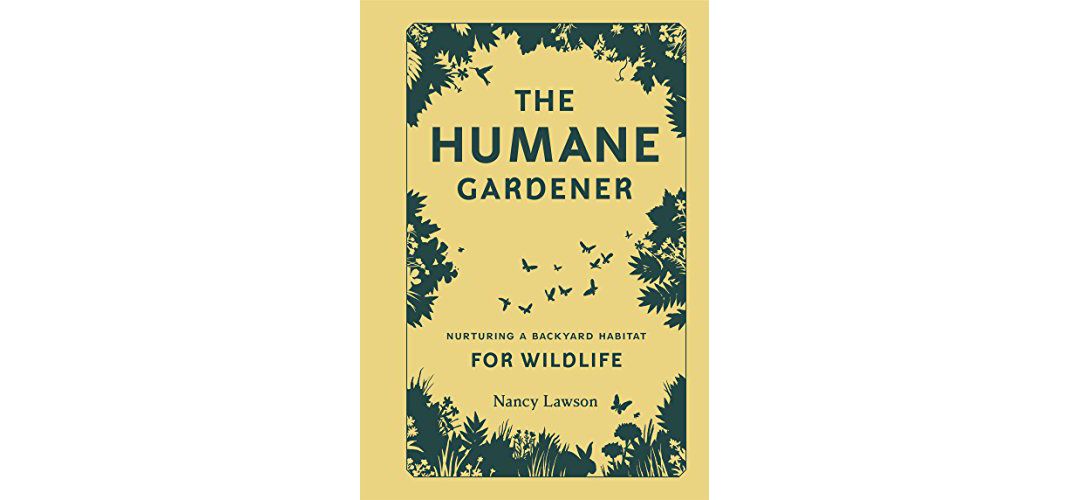
While reading Habitat Man, I became very interested in creating good soil and wildlife habitat in my new yard, so I found a great book in the library to guide me. The Humane Gardener by Nancy Lawson is filled with her own personal insights as well as case studies from gardeners in every region of the United States on how to help reverse the habitat loss that humans have caused. Lawson notes:
In the United States we’ve covered with turfgrass more than forty million acres—an area about eight times the size of New Jersey. It’s our number one irrigated crop. On these virtual monocultures, we spray tens of millions of pounds of pesticides each year, harming countless animals. We plant species known to invade habitat, displacing essential food and shelter for wildlife. We remove every uninvited plant that could harbor a butterfly in the making, every stump that could give shade and moisture to a toad, every seed head that could nourish a goldfinch during cold winter days.
As an antidote to those dismal facts, her book is a resource for re-imagining what happens when we stop all this destruction. One of the simplest things we can do is introduce native plants and get out of nature’s way. It doesn’t have to be an instant makeover. All the gardeners in the book learned over time through trial and error what would work for their gardens, slowly creating havens for all sorts of critters while building healthy soils and native landscapes. That’s my kind of gardening. So, get a copy of this book, or if you can’t find it, here’s another one that a friend recommended: Bringing Nature Home: How You Can Sustain Wildlife with Native Plants by Douglas W. Tallamy.
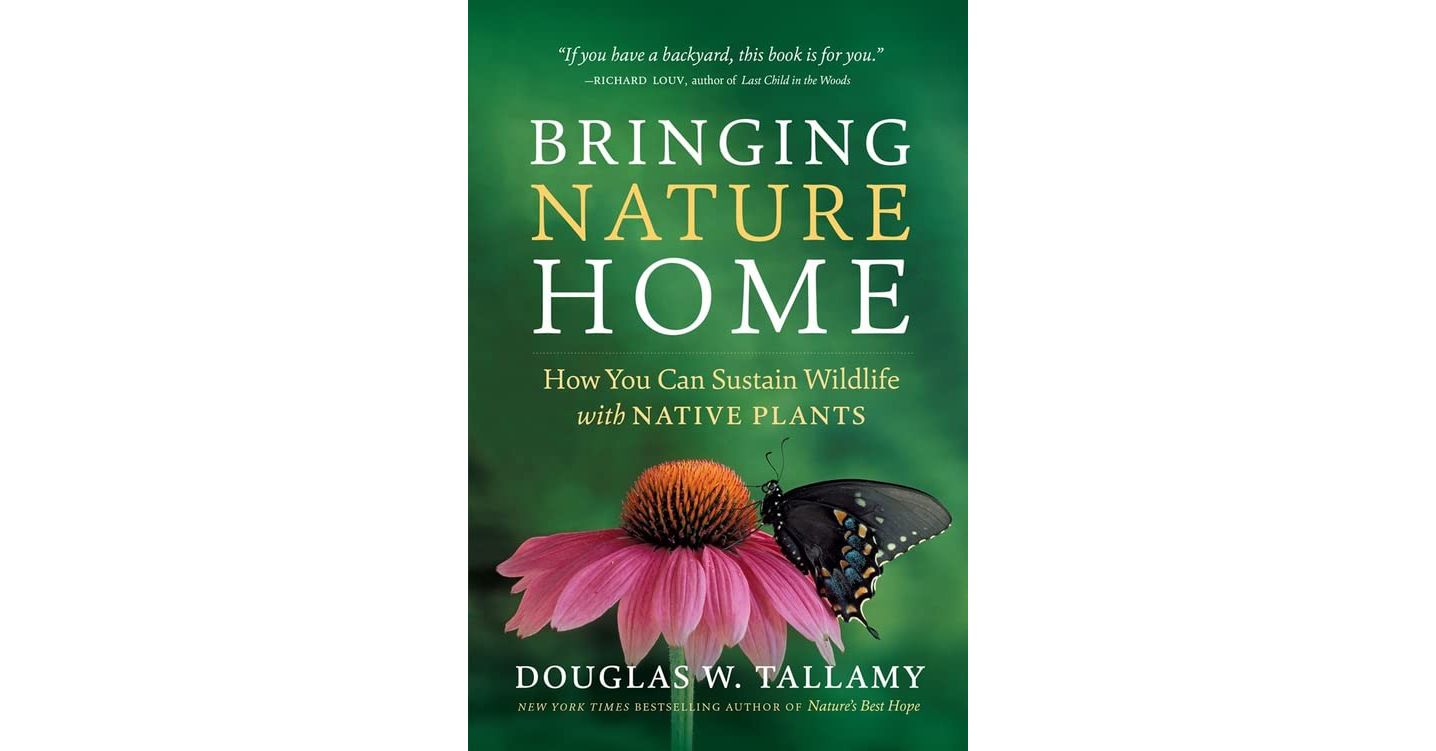
I can’t end this post without bringing up one of the most amazing books on soil that I’ve read: Dirt to Soil by Gabe Brown. After reading this book, you will have a deeper understanding of why deep, healthy soil is such a valuable resource, not only for creating a carbon sink, but for reducing pesticide use and helping farmers survive drought and flood through regenerative farming. Besides being sustainable, this new farming method is a financial benefit to farmers (though not to the petrochemical companies that have chained them to toxic ways of working the land). So read this book, too, and then find ways to support regenerative farmers as you shop. Hopefully, there are some locals in your region practicing this.
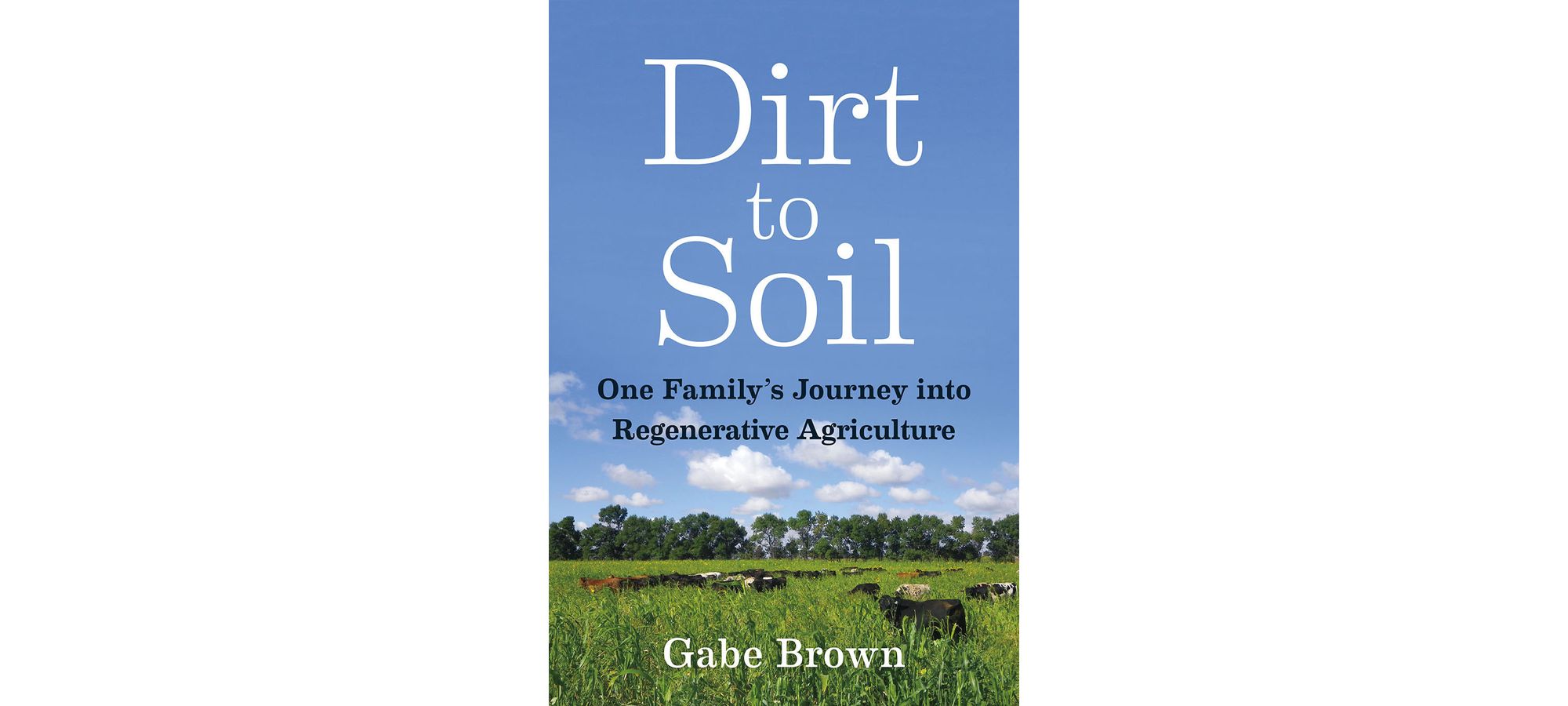
Just as there are so many ways we can help reduce carbon emissions through our lifestyle choices, there are also many ways books can inspire us to act. Whether it is a romantic comedy filled with gardening facts or a nonfiction title filled with those same gardening facts, books are a wonderful way to inspire yourself and others to tackle the climate crisis. Give them as gifts. Bring them to a book club. Recommend them to your local librarian. Books pass on knowledge and trigger the imagination. They are powerful tools to tackle the challenges ahead.
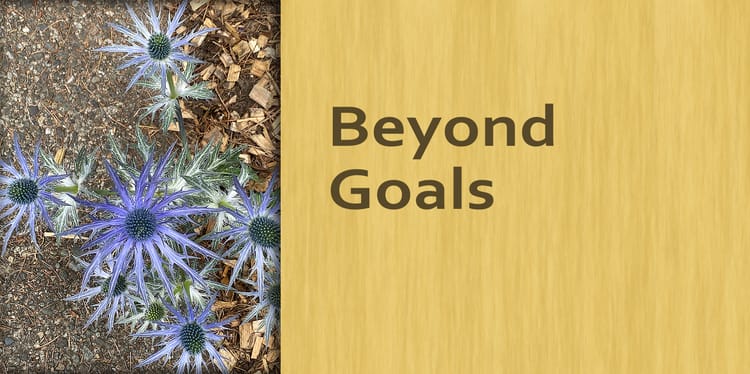
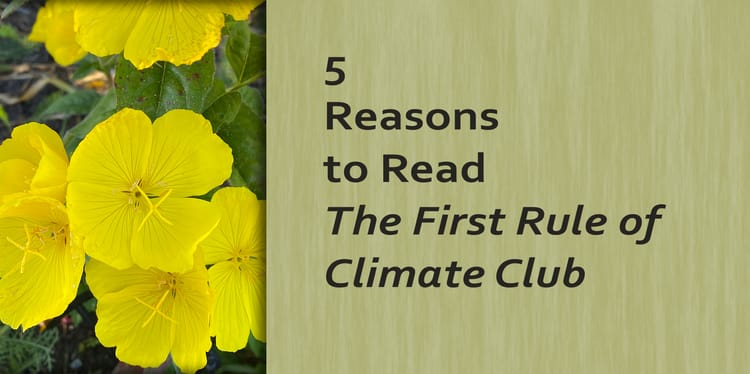
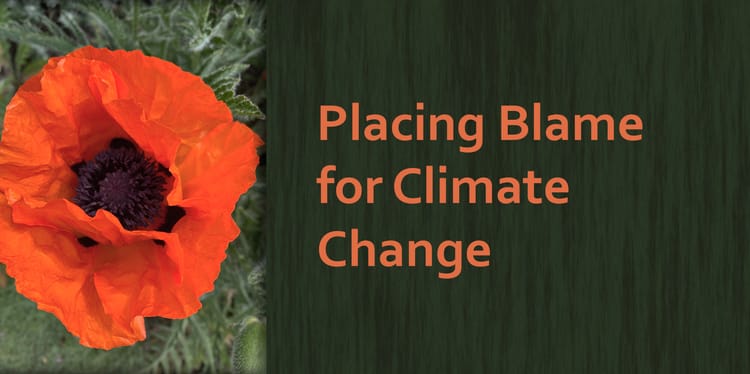
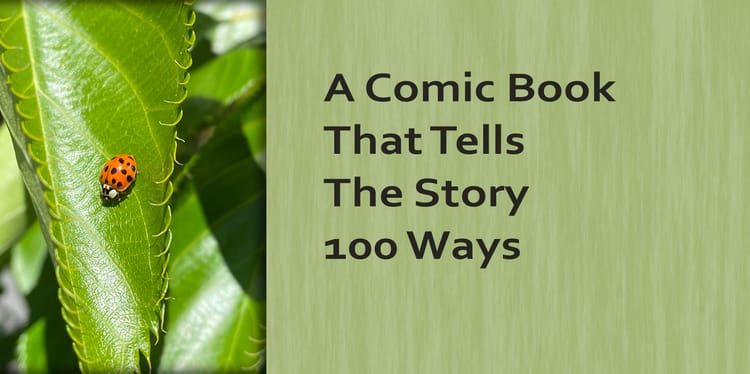
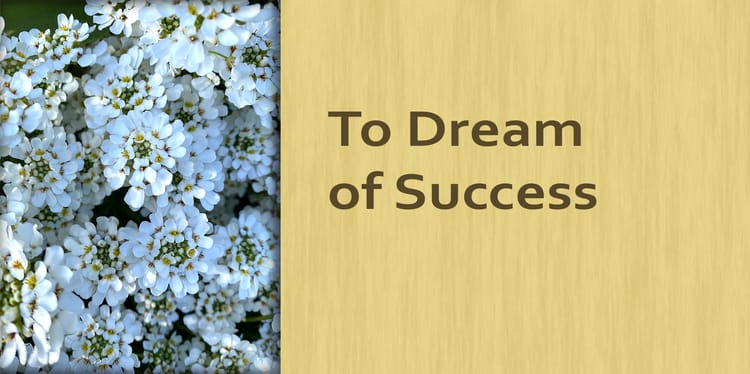
Member discussion